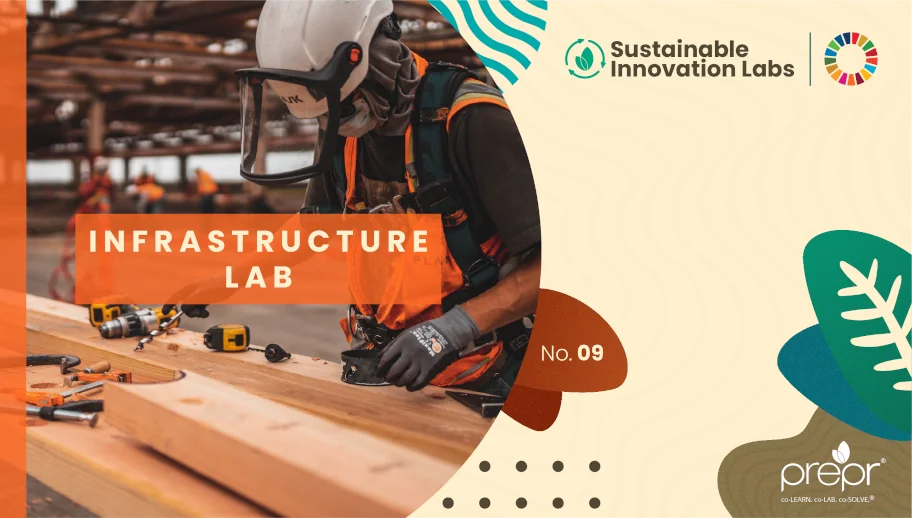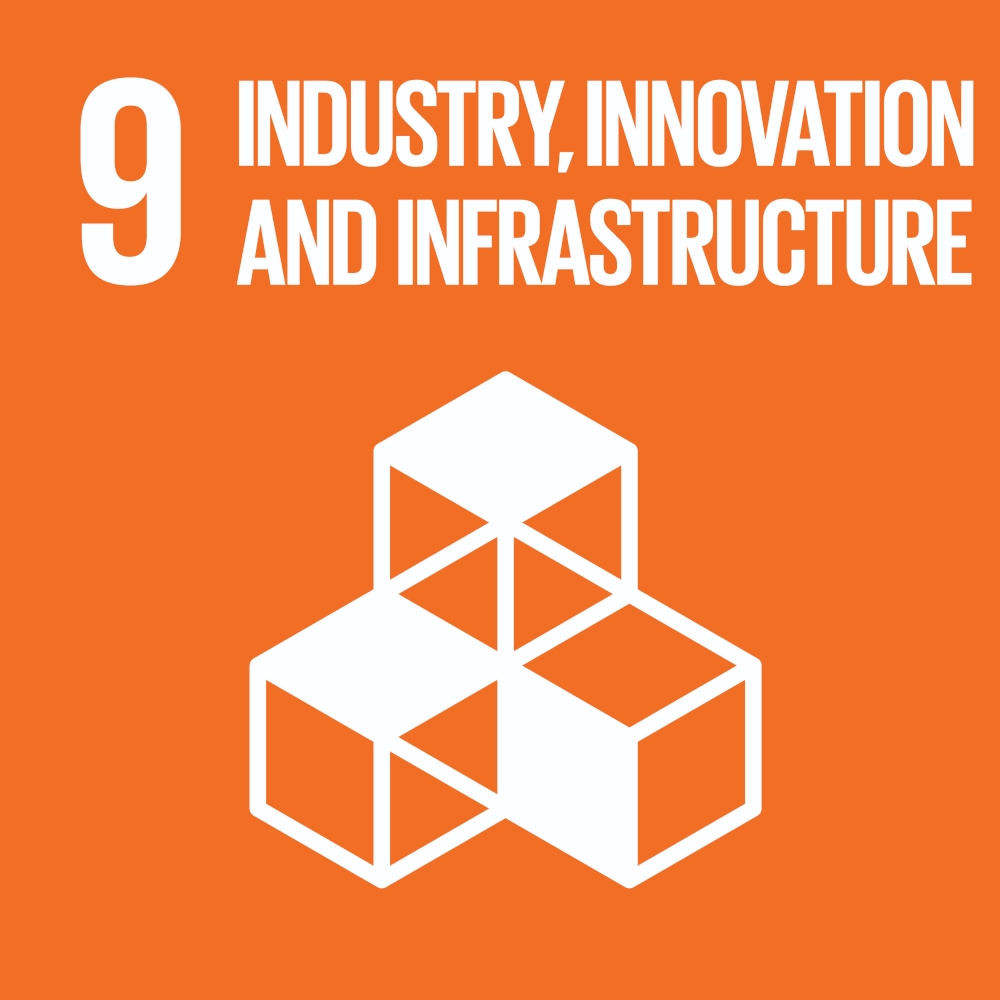Infrastructure Lab
Efficient, resilient and sound infrastructure form the bedrock of economic prosperity. However, many communities around the world have inadequate industrial capacity and limited communications networks, limiting their opportunities for economic growth.
Learn how your innovations can tackle these issues by joining theInfrastructure Lab, part of Prepr’s Sustainable Innovation Lab series.






